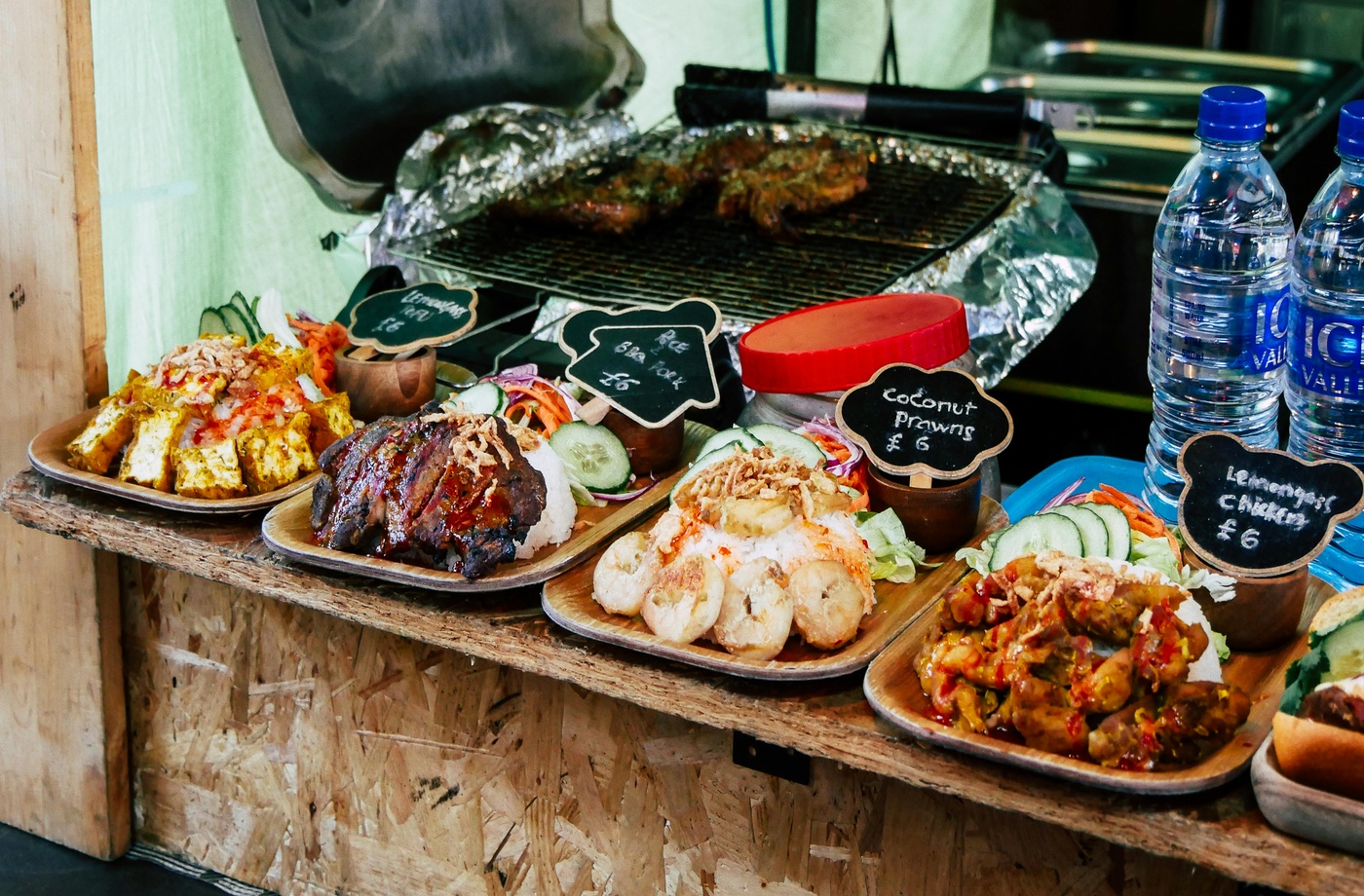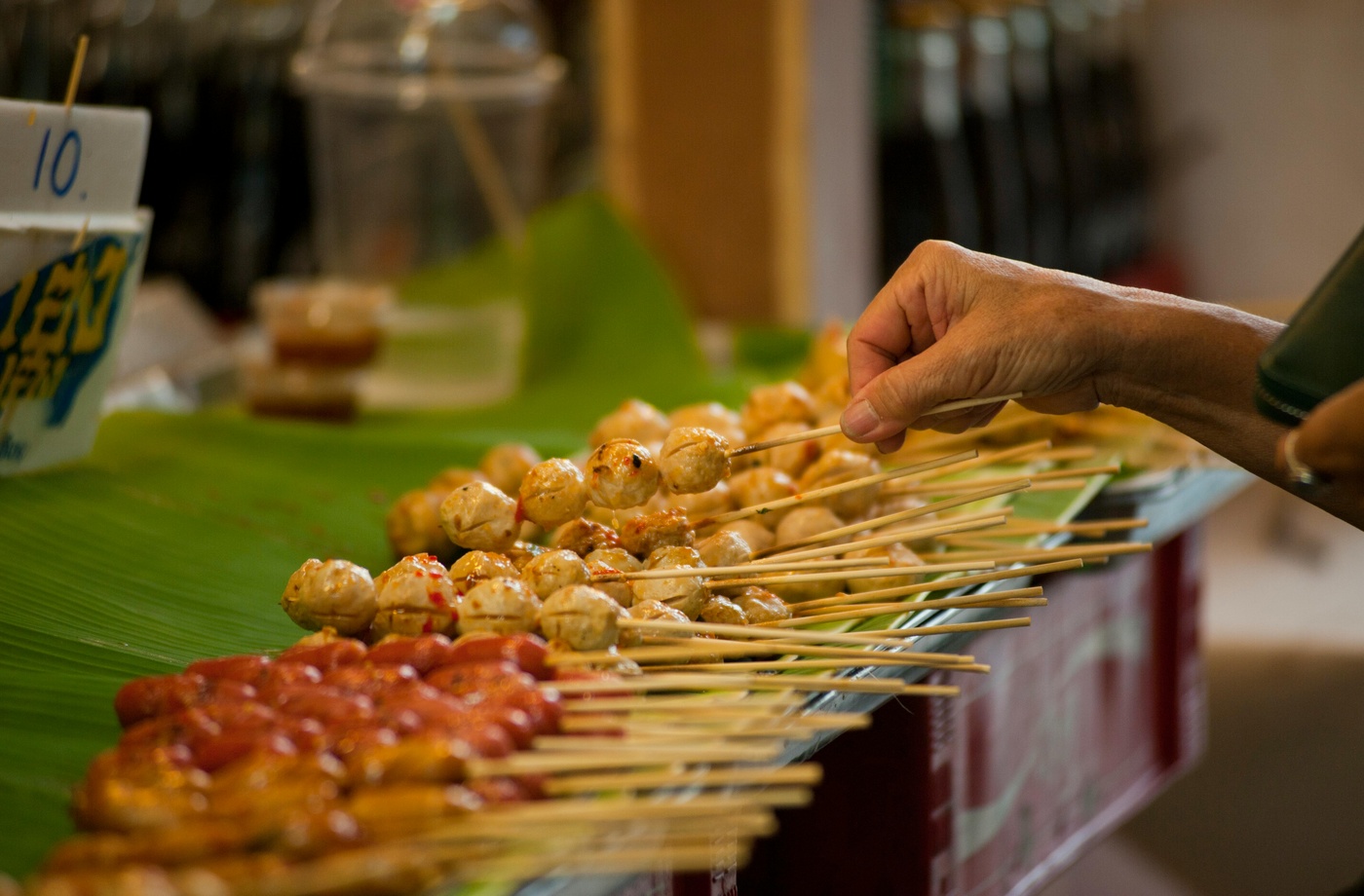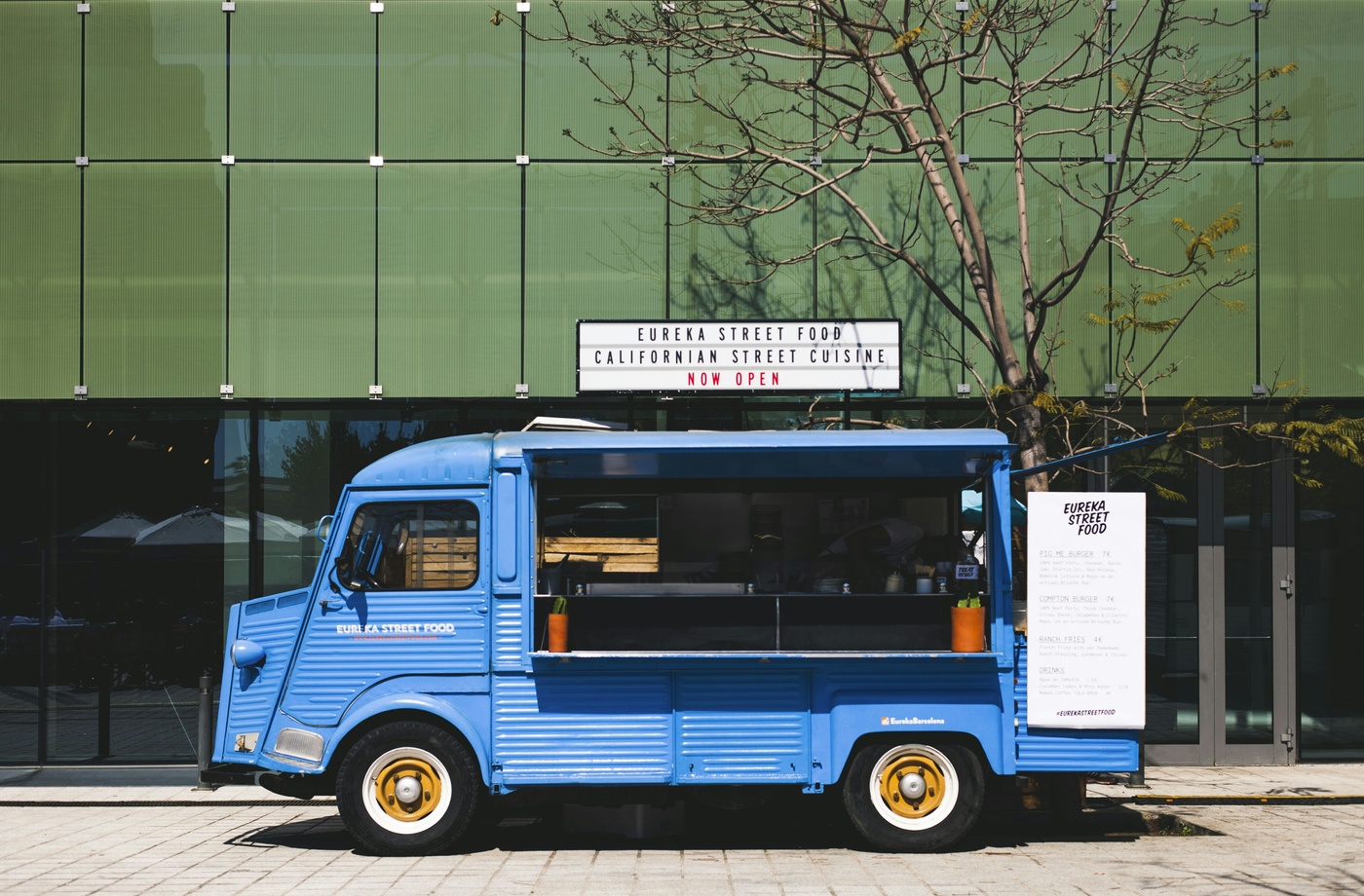Few foods are as universally beloved—and culturally diverse—as dumplings. From savory parcels wrapped in delicate dough to hearty, stew-soaked bundles, dumplings exist in nearly every corner of the globe. Their ingredients, shapes, and cooking methods may vary, but they all share one key trait: comfort. This post takes a global look at dumplings, exploring their regional styles, meanings, and flavors to help you appreciate just how much culture can fit inside a single bite.
China: Jiaozi and Xiaolongbao
Jiaozi are among the most iconic Chinese dumplings—boiled, steamed, or pan-fried crescent-shaped dumplings typically filled with minced pork, cabbage, and aromatics. Popular during Lunar New Year for their coin-like shape symbolizing wealth, jiaozi are enjoyed year-round across China and beyond.
Xiaolongbao, often referred to as soup dumplings, originate from Jiangnan (particularly Shanghai). These delicate steamed dumplings are filled with pork and a rich broth that bursts in your mouth after one careful bite. Din Tai Fung helped popularize xiaolongbao internationally, offering a refined version of this street classic.
Japan: Gyoza
Inspired by Chinese jiaozi, Japanese gyoza have become a staple in izakayas and ramen shops. Typically pan-fried to create a crispy base, they’re filled with pork, garlic, and napa cabbage. Gyoza are often served with soy-vinegar dipping sauce and a touch of chili oil. Their smaller, thinner-skinned construction makes them a perfect late-night snack or beer pairing.
Korea: Mandu
Korean mandu can be steamed, pan-fried, or served in soups like mandu-guk. Fillings often include ground meat, tofu, mung bean sprouts, and kimchi. They’re traditionally eaten during holidays like Lunar New Year and Chuseok but are widely available at street stalls and home-style restaurants.
India and Nepal: Momos
Momos are especially popular in the Himalayan regions and have spread across South Asia as a beloved snack food. They can be steamed or fried and are typically filled with spiced vegetables, paneer, or chicken. Served with tomato-chili dipping sauce, momos are hearty, spicy, and packed with regional flair. In cities like Kathmandu or Delhi, you’ll find vendors specializing solely in these dumplings.
Italy: Ravioli and Tortellini
Though not always recognized as dumplings, ravioli and tortellini fit the definition: dough pockets stuffed with savory fillings. Ravioli are square and often filled with ricotta and herbs, while tortellini are ring-shaped and traditionally stuffed with meat. Served with sauces from simple butter and sage to rich ragù, they reflect the rustic and refined sides of Italian cuisine.
Georgia: Khinkali
These large, twisted-top dumplings are a Georgian staple. Usually filled with spiced meat and broth, khinkali are eaten by hand—bite, sip the juice, then finish the rest. Their distinctive design makes them both functional and beautiful. Read more about Georgian cuisine.
Poland: Pierogi
Pierogi are among Eastern Europe’s most famous dumplings. Boiled or pan-fried, they come filled with mashed potatoes, cheese, mushrooms, or even fruit. Commonly served with sour cream or onions, pierogi reflect the comfort-food traditions of Polish home cooking. They’re especially popular during holidays like Christmas Eve.
Argentina: Empanadas
While technically a turnover, empanadas are closely related to dumplings in spirit. Wrapped in dough and baked or fried, they’re filled with ground meat, cheese, or vegetables. Street vendors across Buenos Aires and Mendoza offer countless regional variations.
Turkey: Manti
Turkish manti are tiny dumplings filled with spiced lamb or beef, usually boiled and topped with yogurt, garlic, and melted butter with sumac or paprika. They’re a staple of Anatolian cuisine and offer an intricate, spice-filled twist on the dumpling form. Explore Turkish manti recipes
Why Dumplings Matter Globally
Dumplings tell the story of migration, adaptation, and ingenuity. They’re affordable, versatile, and adaptable to any region’s ingredients. Whether folded by hand on a family table or served from a bustling street cart, dumplings embody the culinary spirit of their cultures.
They may look different around the world, but the love people have for them is universal—and delicious.



